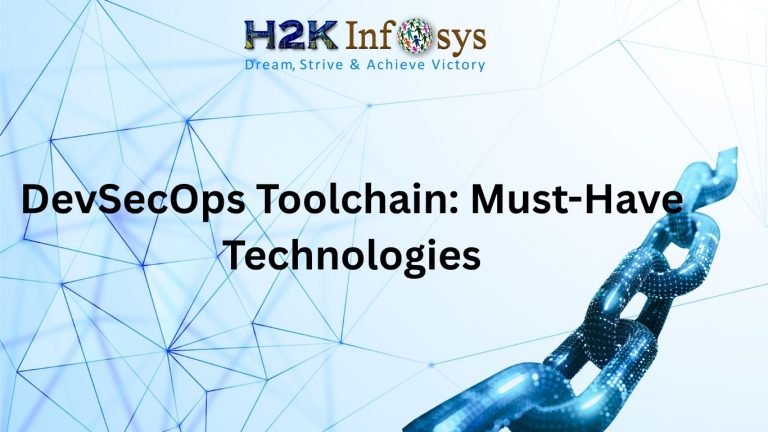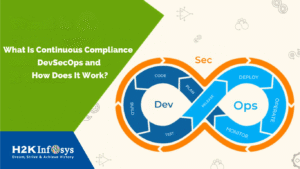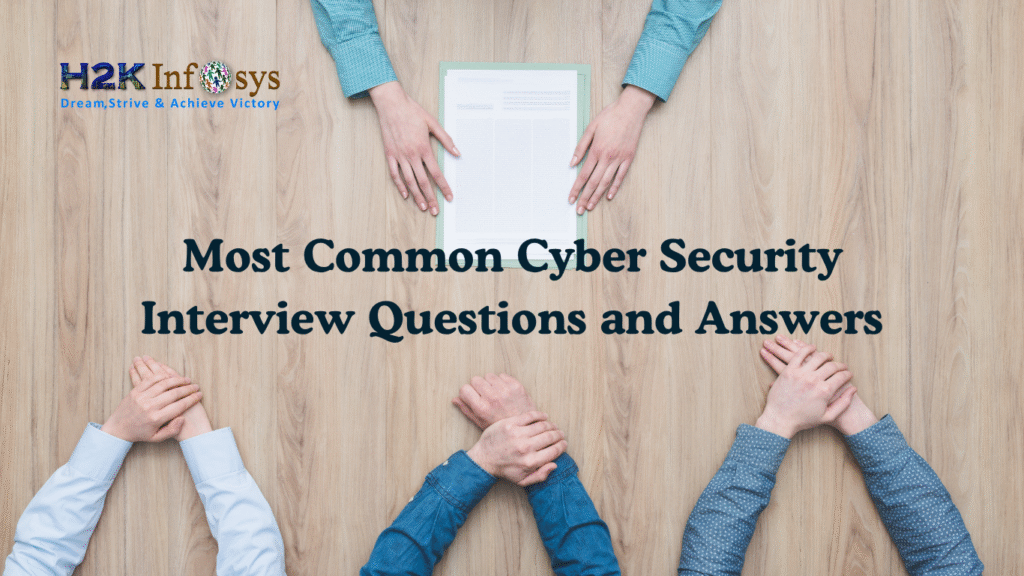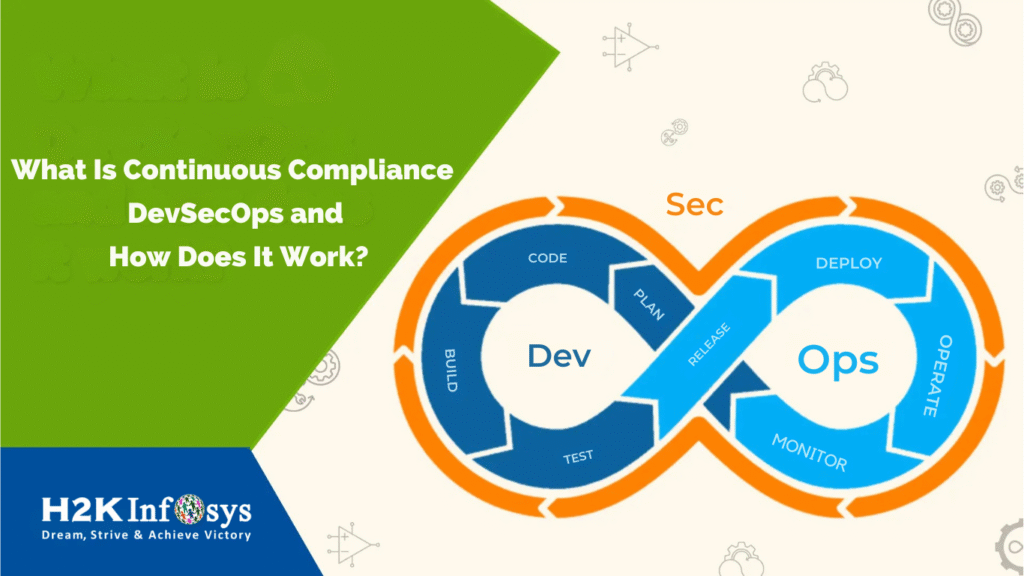Introduction: Why the DevSecOps Toolchain Is a Game-Changer
In today’s cloud-first world, cybersecurity isn’t an afterthought it’s a necessity. As businesses increasingly adopt agile and cloud-native development, integrating security into every stage of the software lifecycle has become essential. Enter the DevSecOps Toolchain a suite of automated tools designed to weave security into DevOps workflows seamlessly.
Whether you’re pursuing a DevSecOps Certification AWS, exploring Azure DevSecOps tutorials, or enrolling in DevSecOps Courses, understanding this toolchain is your gateway to building secure, reliable software in dynamic cloud environments.
1. What Is the DevSecOps Toolchain?
The DevSecOps Toolchain refers to a collection of tools and practices that embed security into every stage of the DevOps lifecycle from planning and development to deployment and monitoring. It ensures that security is not a bottleneck but a shared responsibility across development, operations, and security teams.
This toolchain enables:
- Early threat detection
- Automated vulnerability management
- Compliance enforcement
- Faster response times to incidents
If you’re taking a DevSecOps course, especially those aligned with AWS DevSecOps Certification or Azure DevSecOps tutorials, you’ll encounter these tools early on.
2. Why DevSecOps Is the Future of Secure Development
Traditional security practices were reactive, checking code after it was deployed. DevSecOps flips that narrative. By shifting security left earlier in the development cycle the team reduces risks, lowers costs, and ensures compliance.
Benefits include:
- Reduced time to detect vulnerabilities
- Lower costs for fixes by addressing issues early
- Improved developer productivity with secure automation
- Better compliance with industry regulations (e.g., GDPR, HIPAA)
Companies like Netflix, Capital One, and Amazon have all integrated the DevSecOps Toolchain into their pipelines to remain agile without compromising security.
3. Core Components of a DevSecOps Toolchain
The toolchain spans across the CI/CD lifecycle. Key components include:
| Stage | Function | Example Tools |
|---|---|---|
| Plan | Governance & risk assessment | Jira, Confluence, ThreatModeler |
| Develop | Secure coding & code analysis | SonarQube, Checkmarx, GitSecrets |
| Build | Dependency scanning | Snyk, OWASP Dependency-Check |
| Test | Security testing & SAST/DAST | Fortify, ZAP, Veracode |
| Release | Policy checks & approval | HashiCorp Sentinel, Terraform Guardrails |
| Deploy | Secure provisioning & config | Ansible, Helm, Chef, Puppet |
| Monitor | Runtime security & alerts | Aqua, Sysdig, Datadog, AWS CloudTrail |
If you’re taking a DevSecOps Foundation Certification course, these stages are taught with practical, real-time tools.
4. Essential Technologies in Each Phase of the DevSecOps Toolchain
A. Plan
Planning involves threat modeling, risk analysis, and defining security requirements.
Tools:
- ThreatModeler: Helps design threat models visually.
- Jira: For logging security tasks as tickets.
- Confluence: Stores documentation for compliance audits.
Tip: Integrate Jira with vulnerability scanners to automate issue creation.
B. Develop
During development, you must ensure clean, secure code.
Tools:
- GitSecrets: Prevents secrets from being pushed to repositories.
- SonarQube: Static code analysis to detect vulnerabilities.
- Checkmarx: Deep code analysis for OWASP vulnerabilities.
These tools are featured in most DevSecOps Courses as essential learning modules.
C. Build
At this stage, integrate security scanning into CI/CD pipelines.
Tools:
- Snyk: Scans open-source dependencies for CVEs.
- OWASP Dependency-Check: Analyzes known vulnerable libraries.
- JFrog Xray: Tracks security issues in artifact repositories.
Focus: Many learners look for “DevSecOps toolchain for secure builds” these are the exact tools you’ll learn to implement.
D. Test
Security testing is vital before code reaches production.
Types of Testing:
- SAST (Static Application Security Testing) – e.g., Fortify
- DAST (Dynamic Application Security Testing) – e.g., OWASP ZAP
Bonus Tools:
- Burp Suite: Great for manual penetration testing.
- Veracode: Cloud-based testing suite for policy enforcement.
The AWS DevSecOps Certification syllabus includes these tools for test-stage hardening.
E. Release
Secure release management includes enforcing policies before code reaches production.
Tools:
- Terraform + Sentinel: Automate compliance checks.
- Open Policy Agent (OPA): Enforces policies across microservices.
These tools help ensure infrastructure as code (IaC) follows your company’s governance standards.
F. Deploy
This is where your secure applications meet cloud infrastructure.
Popular Tools:
- Ansible: Manages secure deployments.
- Helm: Kubernetes package manager with security checks.
- Puppet & Chef: For configuration management.
In Azure DevSecOps tutorials, you’ll learn to automate deployment with Azure DevOps and integrate security testing before production pushes.
G. Monitor
Once deployed, you must continuously monitor for threats.
Tools:
- Aqua Security: Container runtime protection.
- Sysdig Secure: Cloud-native security monitoring.
- AWS CloudTrail & GuardDuty: Detects abnormal activity.
Monitoring tools are essential in AWS and Azure environments, as emphasized in the DevSecOps Certification AWS course tracks.
5. AWS and Azure: Building DevSecOps Toolchains in the Cloud
AWS DevSecOps Toolchain
AWS supports:
- CodePipeline for CI/CD
- CodeBuild for scanning
- Inspector for vulnerability detection
- Secrets Manager for secure credential storage
- CloudWatch for real-time monitoring
With an AWS DevSecOps Certification, you learn to integrate all these tools for enterprise-grade DevSecOps.
Azure DevSecOps Toolchain
Azure supports:
- Azure DevOps Pipelines for CI/CD
- Azure Key Vault for secret management
- Defender for Cloud for threat detection
- Policy-as-Code via Azure Policy and Bicep
These tools are central to Azure DevSecOps tutorials and help implement automated, secure deployments across cloud-native apps.
6. DevSecOps Foundation Certification: Why It Matters
The DevSecOps Foundation Certification introduces you to secure coding practices, automated security testing, compliance strategies, and modern DevSecOps toolchains.
Who Should Enroll?
- Developers aiming to shift left
- Security professionals embracing automation
- Cloud engineers building CI/CD pipelines
The certification curriculum includes hands-on experience with tools covered above, making it an essential milestone for DevSecOps careers.
7. Step-by-Step: Assembling Your Own DevSecOps Toolchain
Here’s a simplified workflow to build your custom DevSecOps Toolchain:
- Select a CI/CD platform – e.g., Jenkins, GitHub Actions, Azure DevOps
- Integrate code scanning – SonarQube, Checkmarx
- Add SCA tools – Snyk, OWASP Dependency-Check
- Implement secrets detection – GitSecrets, Talisman
- Automate IaC security – Terraform Sentinel, OPA
- Enable monitoring – Aqua Security, GuardDuty
- Add alerting – Slack, PagerDuty for incident response
Every DevSecOps Course you take at H2KInfosys can walk you through these setups in real cloud environments.
8. Real-World Example: DevSecOps in an E-commerce Application
Scenario:
An e-commerce company wants to secure its microservices-based platform on AWS.
DevSecOps Toolchain Setup:
- Planning: Use Jira and Confluence for secure design docs.
- Code Repo: GitHub with GitSecrets to avoid credential leaks.
- CI/CD: Jenkins pipelines integrated with Snyk and OWASP tools.
- Testing: Fortify and ZAP integrated for automated code checks.
- Release: Policies enforced via Terraform + Sentinel.
- Deployment: Kubernetes with Helm and Ansible.
- Monitoring: Aqua Security and CloudTrail log scanning.
Result: Secure, compliant, and continuously monitored deployment lifecycle.
9. Final Thoughts
The DevSecOps Toolchain is no longer optional it’s a must-have for every developer, tester, and security professional in today’s software delivery lifecycle. Whether you’re learning through DevSecOps Courses, pursuing the DevSecOps Foundation Certification, or targeting the AWS DevSecOps Certification, these tools form the backbone of secure DevOps practices.
10. Key Takeaways
- The DevSecOps Toolchain is vital for secure, scalable cloud development.
- Integrating security tools across CI/CD saves time, money, and reputational risk.
- AWS and Azure provide comprehensive DevSecOps services aligned with industry certifications.
Ready to future-proof your career?
Join H2KInfosys today to master the DevSecOps Toolchain and build secure, cloud-native applications!


























